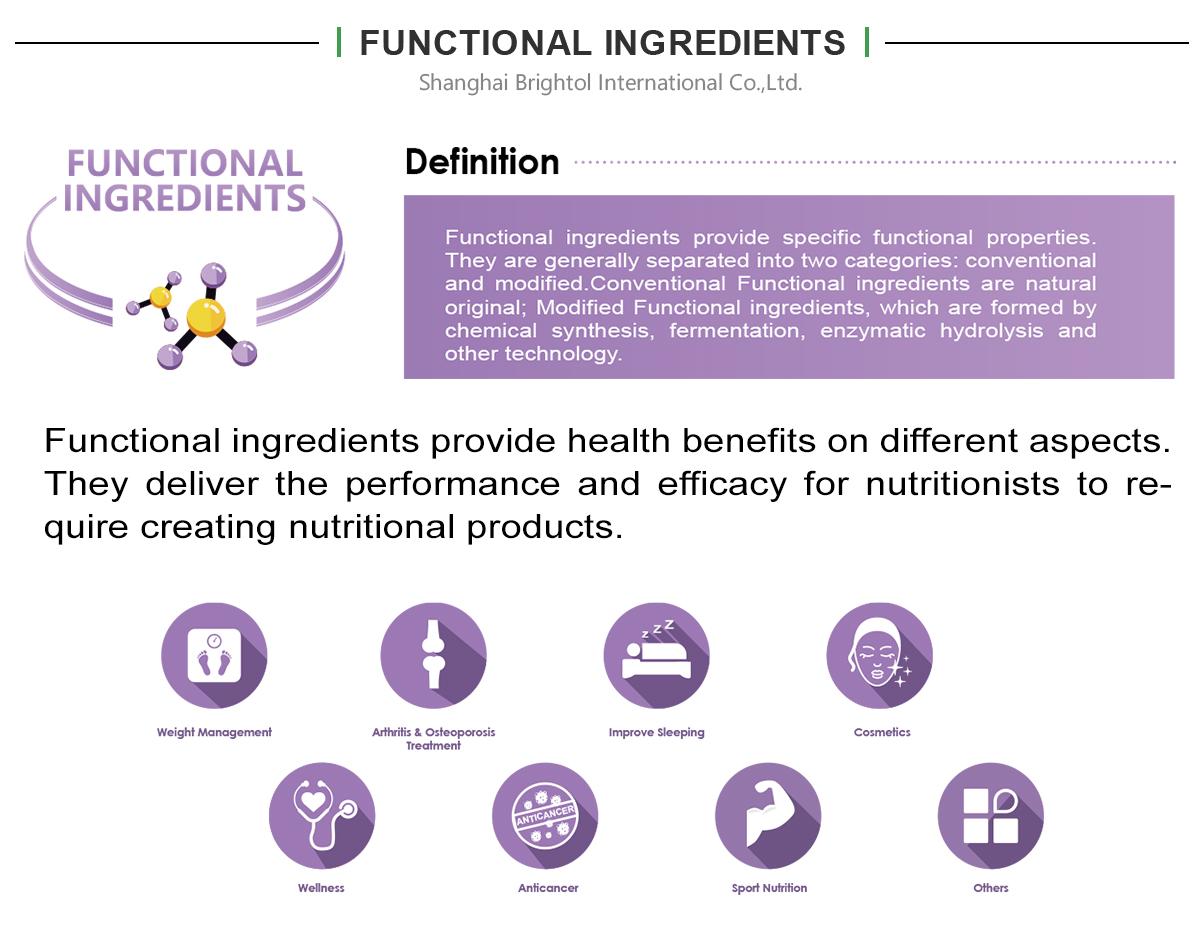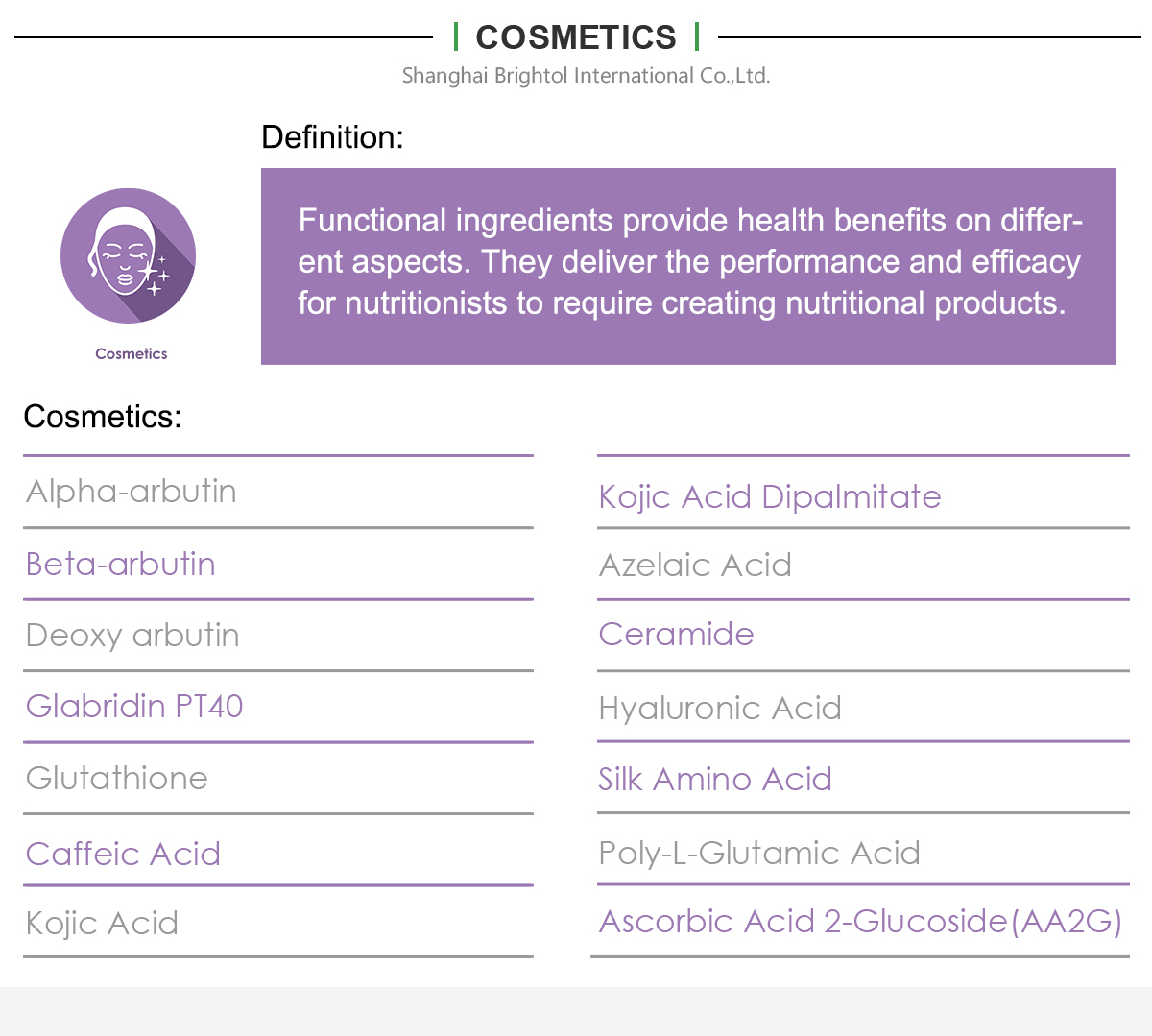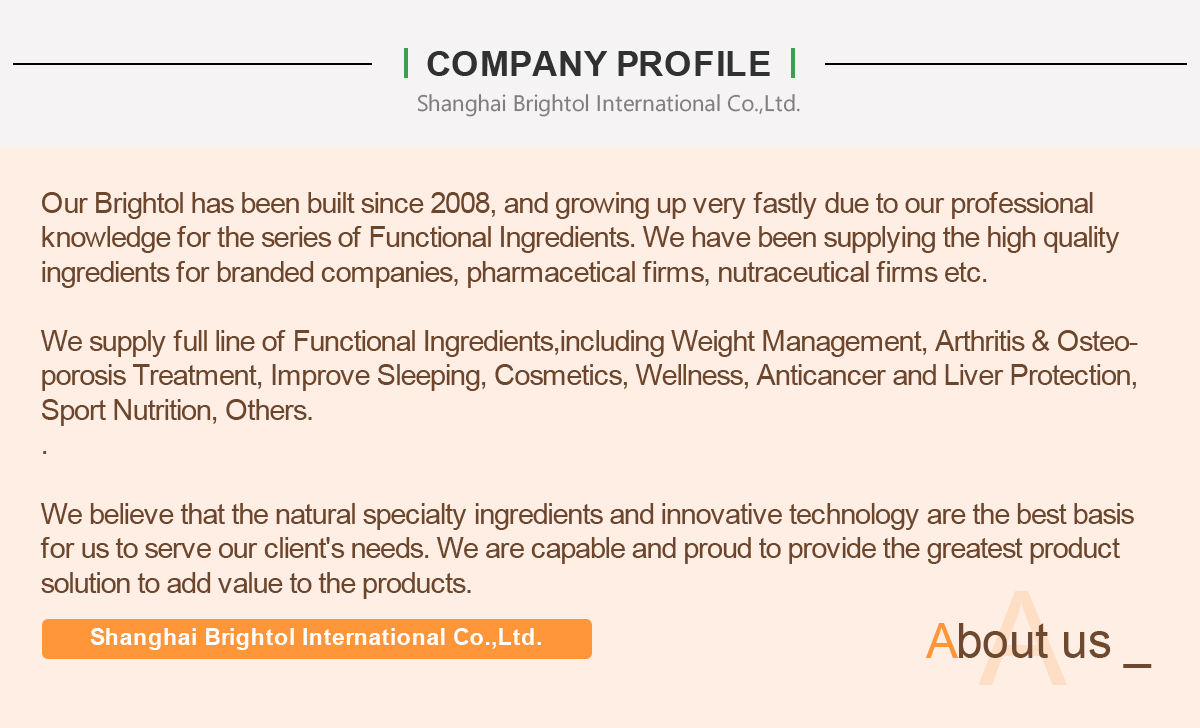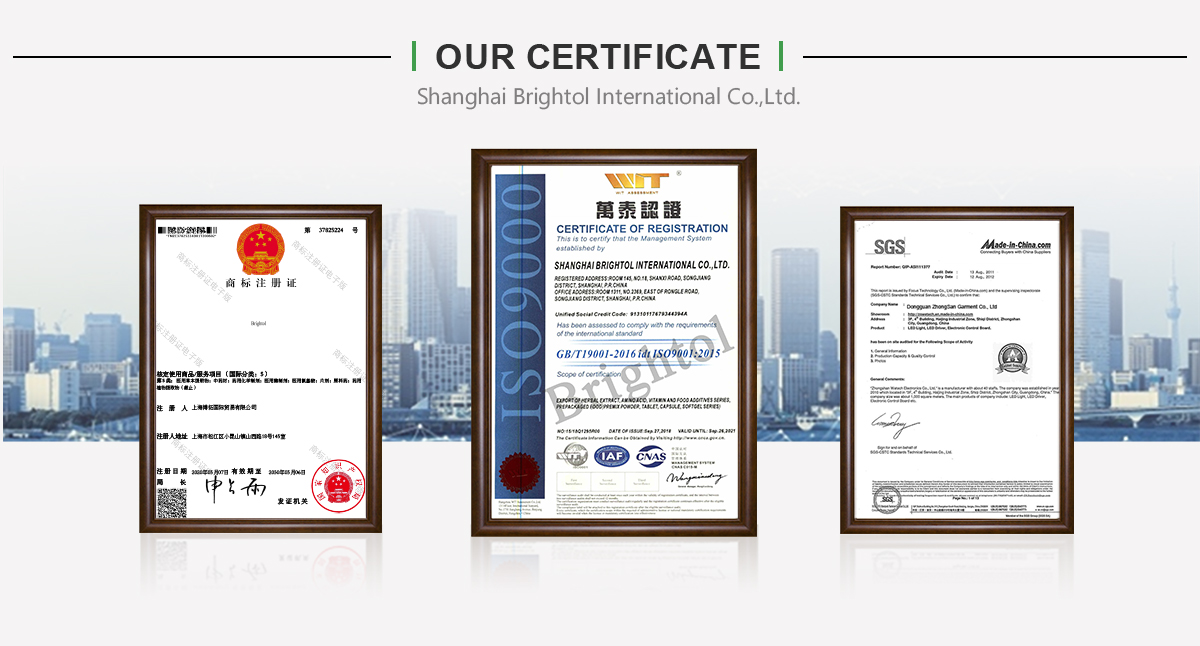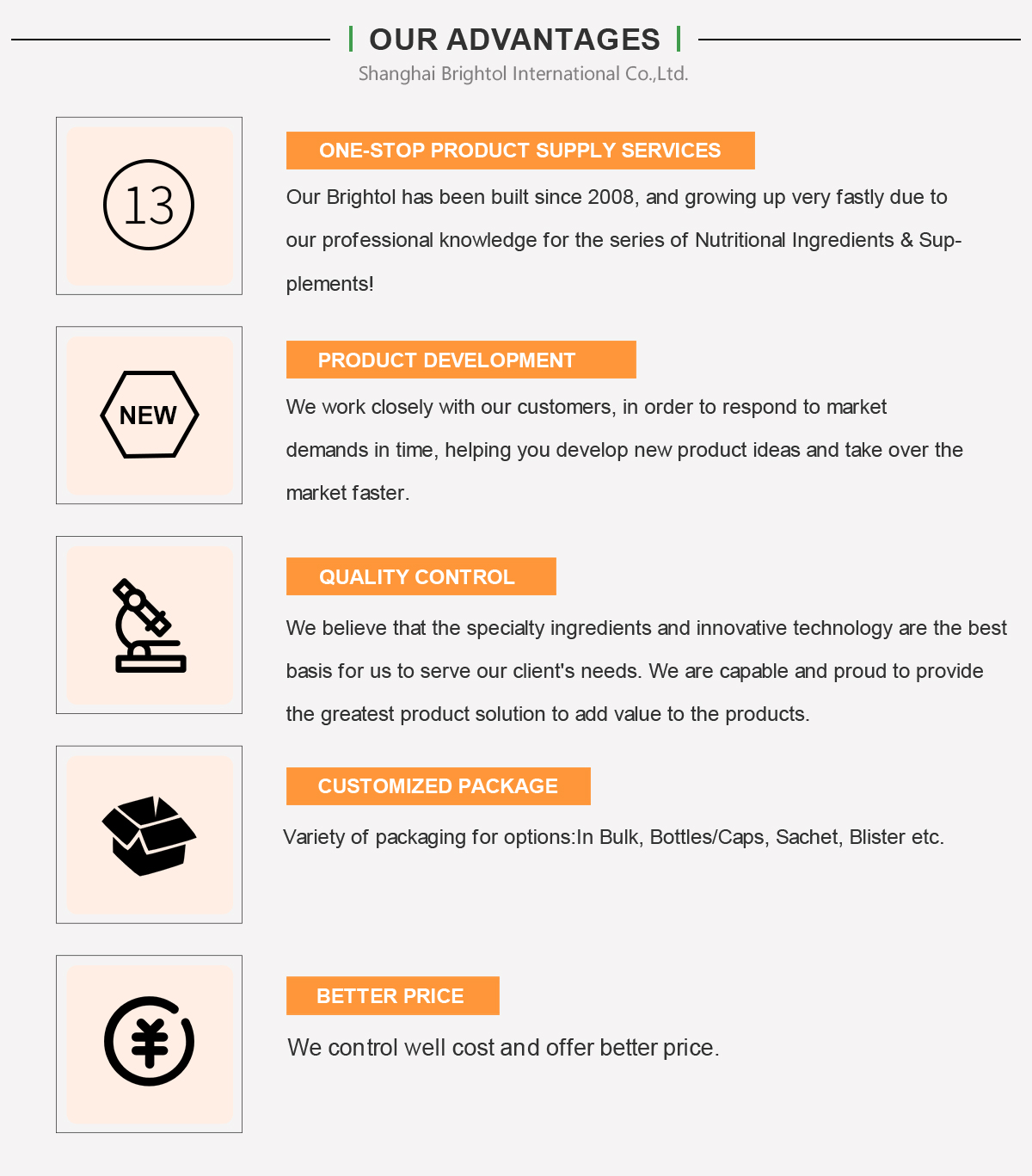

Product Name: Alpha-Arbutin
Synonyms: 4-Hydroquinone-alpha-D-glucopyranoside
Molecular Formula: C12H16O7
Molecular Weight: 272.25
CAS No.: 84380-01-8
Description:
Arbutin is hydroquinone glycoside obtained from various plants like a strawberry tree, bearberry, heather, huckleberry, etc. The percentage of arbutin found in each of the mentioned plants differs concerning the species, the time when the component has been collected, and the plants' growing environment. The plant with the highest concentration of arbutin is a small shrub found in Africa called the Myrothamnus flabellifolia. It has a concentration of 27% of the plant's dry weight of arbutin......
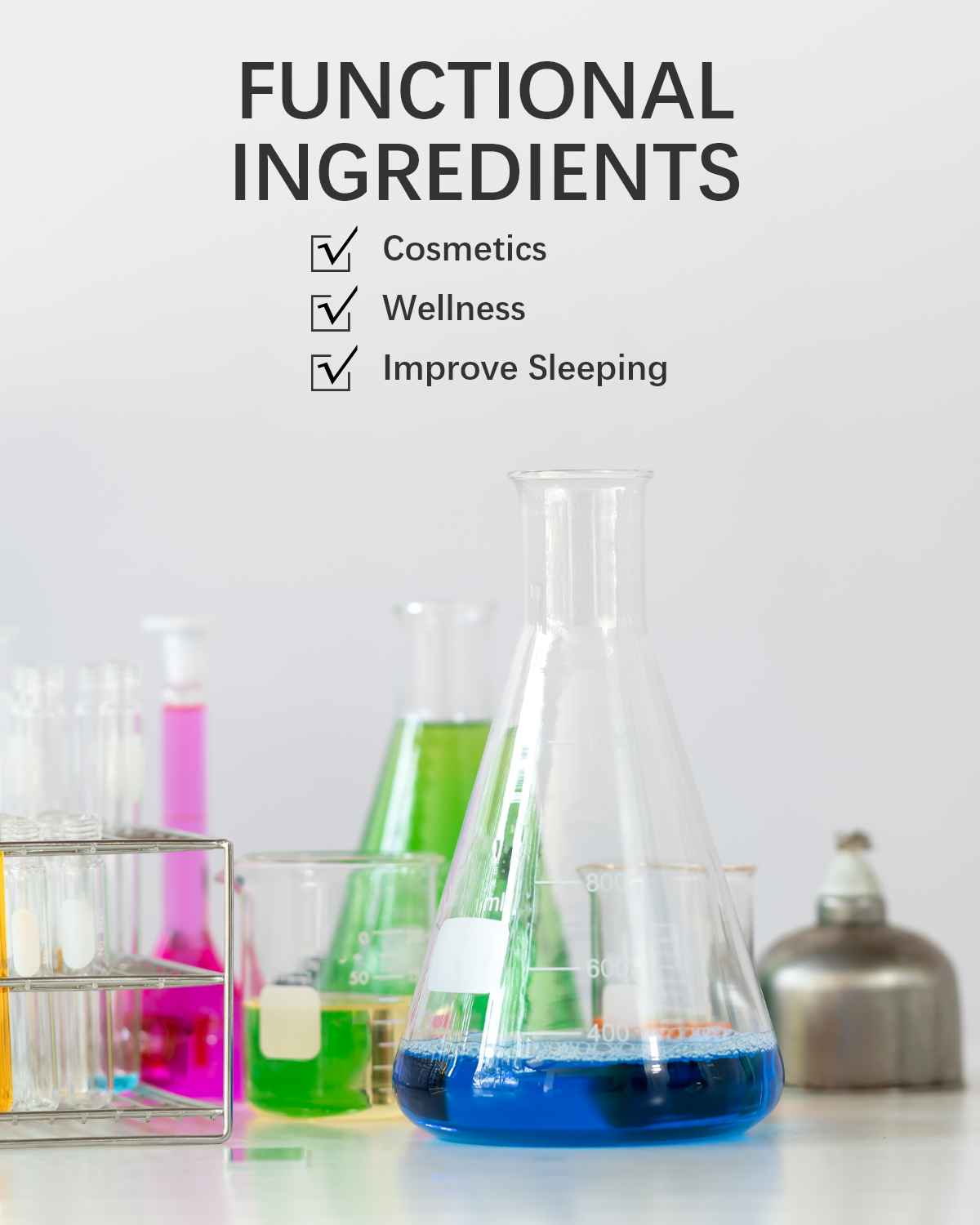

Product Name: Alpha-Arbutin
Synonyms: 4-Hydroquinone-alpha-D-glucopyranoside
Molecular Formula: C12H16O7
Molecular Weight: 272.25
CAS No.: 84380-01-8
Description:
Arbutin is hydroquinone glycoside obtained from various plants like a strawberry tree, bearberry, heather, huckleberry, etc. The percentage of arbutin found in each of the mentioned plants differs concerning the species, the time when the component has been collected, and the plants' growing environment. The plant with the highest concentration of arbutin is a small shrub found in Africa called the Myrothamnus flabellifolia. It has a concentration of 27% of the plant's dry weight of arbutin.
However, it is bearberry that is the most used plant and most sourced plant for deriving arbutin in the skincare industry. It is mainly used in products meant to lighten skin. It is often compared to hydroquinone (the main agent from which arbutin is derived) and is, for most parts, found to be safer and less toxic than hydroquinone.
Alpha arbutin is usually a natural plant derivative. However, it can be prepared synthetically. In an alkali, acetobromoglucose and hydroquinone are made to react to form the synthetic form of alpha arbutin. The powdered form of alpha arbutin is the purest.
Arbutin is found in two different formats; alpha arbutin and beta arbutin. It is often confusing to realize what the difference could be given that they both are arbutin.
1. Alpha Arbutin – more water-soluble and has a higher heat resistance; it has better light-stability properties than beta arbutin.
2. Beta Arbutin – the only thing that this format is better in is the price format as it is cheaper than alpha arbutin. The reasons are quite obvious, but to mainly highlight the same would be that alpha-arbutin is better at performance than beta arbutin. Thus, it is used in the skincare industry more than its counterpart, making beta arbutin lose market importance and price.
Benefits:
1.Reduction of pigmentation
Alpha arbutin stops tyrosinase from becoming active under the UV rays' influence that helps skin limit melanin production. This means lesser pigmentation and achievement of a better, more even skin tone. It also helps get rid of pigmentation from aging, acne, redness, and preventing the same. It also is found to be beneficial in fighting melasma.
2.Brightening skin
Through the reduction of melanin production, alpha arbutin helps brighten skin.
3.Evens out skin tone
By reduction of melanin production, alpha arbutin evens out the appearance of skin tone. It helps diminish sun spots and patchy discoloration.
4.Substitute of hydroquinone
Alpha arbutin is a safer, less toxic substitute of hydroquinone. Alpha arbutin only stops melanin production, whereas hydroquinone kills the cells responsible for the production of melanin.
5.Gentle on the skin
Unlike other skin brighteners, alpha arbutin irritates the skin the least. It also does not dry the skin out. Now, why does this happen? Because the active components of alpha arbutin are released slowly and steadily into the skin, unlike other agents.
